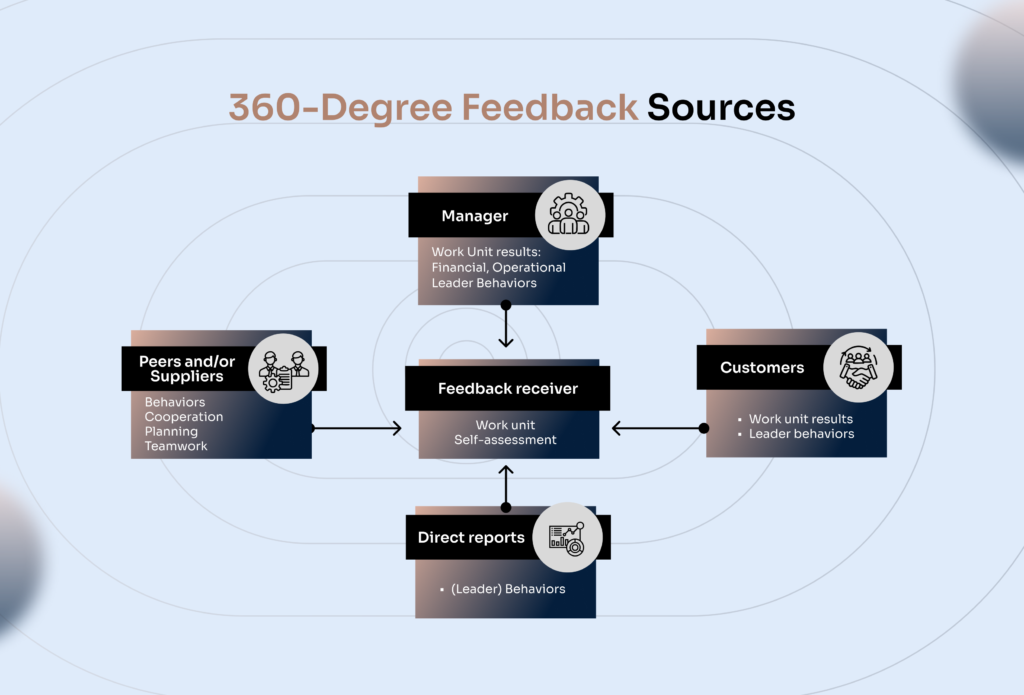A performance appraisal is a conversation between an employee and their line manager. It allows managers to give feedback on the employees’ performance, suggest improvement tips, discuss achievements, track the progress of goals, within a specified period.
Every organisation understands the importance of performance reviews, but implementing an effective performance review system usually proves to be a little problematic for most. These days, one of the recurring questions about performance reviews is the question of frequency.

How often should performance appraisals be done in the workplace?
Choosing the right frequency for performance appraisals is crucial for effective employee management and organisational success. Annual, biannual, and quarterly employee appraisal system have their benefits and challenges. Here’s a look at which option might be best for your company.
- Annual Performance Appraisals: Annual reviews are one of the most popular performance appraisal systems, and many companies have adopted it. Annual performance appraisals are held once a year, and while many are beginning to question the efficacy of this method, it is traditionally used by larger companies for whom more frequent performance reviews might not be possible because of the sheer number of employees.
- Bi-annual Performance Appraisals: Biannual performance appraisals are quite similar to annual performance appraisal, except that they are held twice a year. They are performance reviews that allow the manager and employee to have sessions to review the past six months, discuss achievements, areas of improvements, and goals for the next six months. Biannual performance reviews typically take place in the middle and at the end of the calendar or financial year.
- Quarterly Performance Appraisals: As the name implies, quarterly reviews happen four times a year, usually at the end of each quarter. Quarterly reviews help the manager and employee discuss progress on short-term goals, especially as they tie into the year’s larger goals. The more frequent nature of quarterly performance reviews means that employees are getting more constant feedback, are consistently improving, staying on track with their goals, or adjusting them if need be.
Which of these frequencies should your company adopt?
There are no cut and dried answers when choosing how often to have a performance review as there are arguments for and against each option.
Annual and biannual reviews have been criticised for seemingly judging performance based on what employees have achieved in the weeks or recent months before the performance review, leaving employees scrambling to remember what they have achieved in the past 6 -12 months.
After all, not everyone would remember an achievement completed in Q1 towards the end of December.
Since pay raises and promotions are usually tied to annual reviews, employees are prone to get understandably nervous, particularly when a formal panel conducts it. In this case, while the employee’s performance at the review might have been low because of nerves, it did not necessarily mean that the employee’s actual performance in the review year was bad.
Regardless of the circumstances, annual and biannual appraisals are great because they offer a platform where both parties inevitably have to make time for the review. It is also a platform that collects company-wide information about performance that is useful to top-tier management.
While quarterly reviews allow employees to receive feedback from managers more often, it might not be the best option for specific organisational structures.
If your company is large with a broad manager-to-employee ratio, using an annual or biannual review system might be best so that managers are not strained by the logistics of holding formal reviews with direct reports ever so often.
Is your company a young or fast-growing one, where things change quickly?
Then a quarterly employee appraisal system might be what works best for you, to ensure that direct reports stay aligned with the company’s objectives even as they change or as the industry landscape evolves.

You must choose your company’s appraisal performance review system based on the peculiarities and needs of your organisation. Whichever method you choose, it is still essential to develop a culture of openness and feedback, as work goes on every day, and having nearly real-time feedback on work will go a long way to build up your employees.
Incorporating 360-degree feedback appraisal into your performance reviews is also a great addition. This way, you get a more rounded picture of the employee’s progress, and the employee also feels as though they are given a fairer evaluation.
Looking for the right performance management system for your organisation? Try SeamlessPerformance by SeamlessHR.
Book a demo to see how it works.






